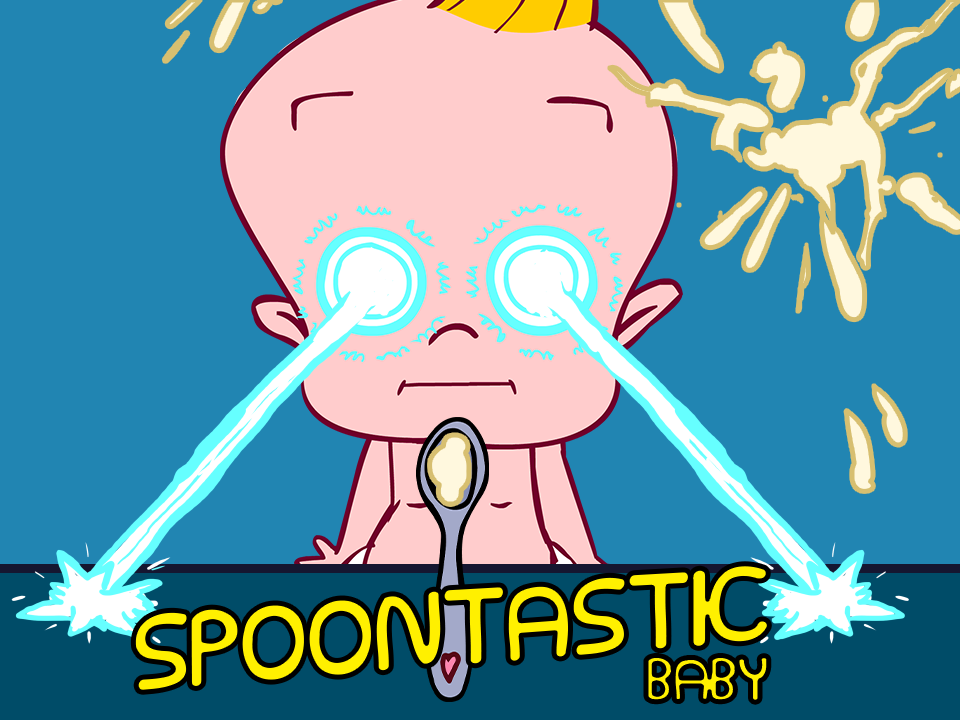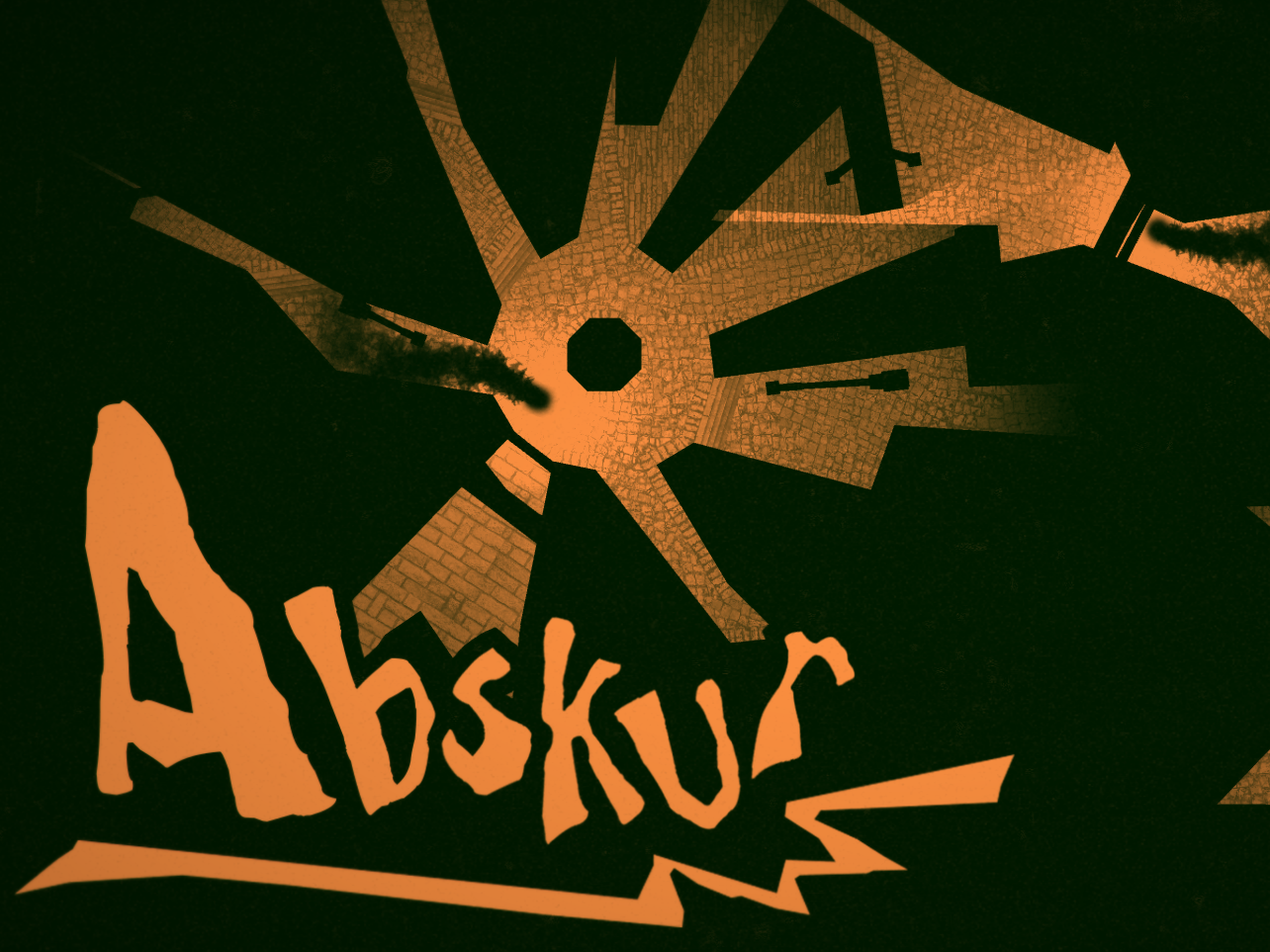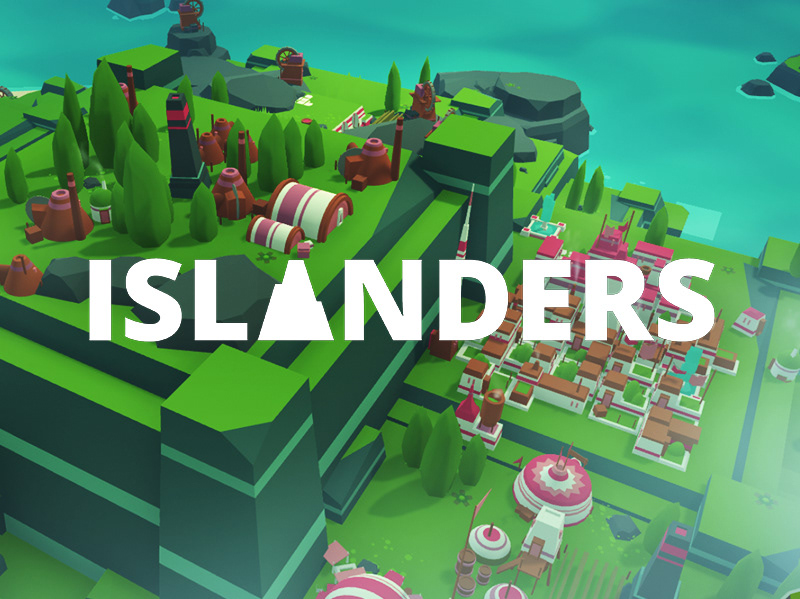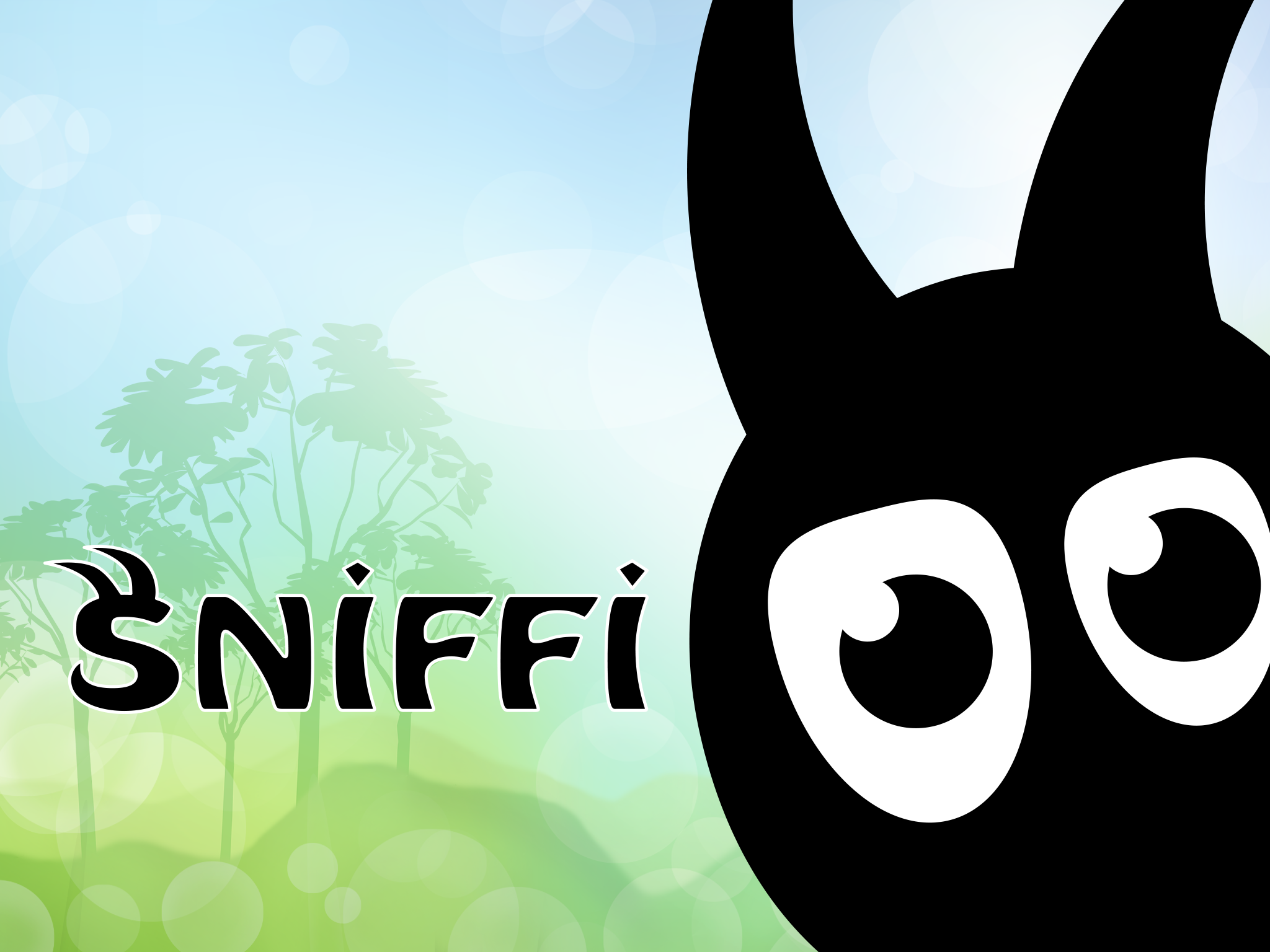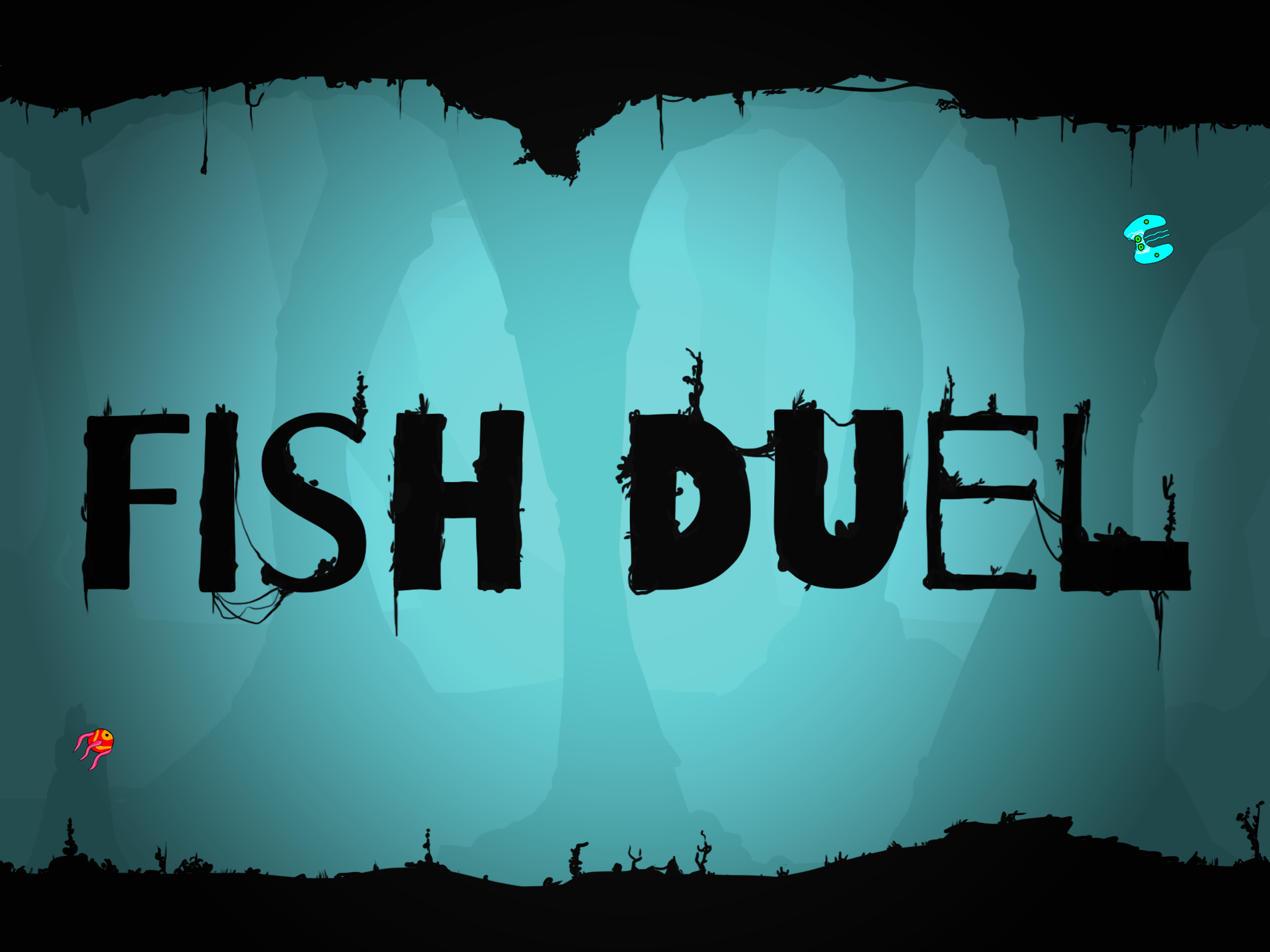Your objective is reaching the other side first to collect your teeth.
Collect pickups and use them to move pieces of cake up or down. That's the core mechanic.
In order to reach the other side you will have to build your way up. As you can see here, we decided to keep the cake small and narrow to encourage a lot of player interaction.
My happy face after a productive team meeting. It's always awesome to see with what ideas and solutions you can come up with as a team.
Our combat system requires only one button which makes it easy to learn and instantly fun.
At the same time the combat still has a lot of depth and an extremely high skill ceiling. You can charge your attacks which increases their range and power over time, but you can't move or rotate while charging. Knowing when to attack with short hits and when to charge your attack is absolutely crucial against experienced players.
Many pickups also directly effect the enemy, not yourself. You constantly have to check what your opponent is doing in order to know when to activate them. At the same time you need to keep an eye on which pickup he/she currently has. This gives the splitscreen some meaning beyond just being able to play on the same machine.
At the beginning we started out with analog prototyping. We knew right from the start that we wanted to create a game that uses a lot of verticality. The prototype you see right here was scrapped because it was too complicated.
The biggest advantages of analog prototyping are just how fast it is and how quickly you can communicate ideas with the rest of your team. We created this prototype very early on. At that point however we still had a lot of other ideas that we wanted to explore.
We got so much awesome feedback from our fellow students and our coaches!
At the interim we showed our first blockout and pitched the artstyle we decided on, using some concept art by our awesome artist Till. Once again the amount of feedback we got from our fellow students and coaches was just overwhelming and we are so grateful for that.
Playtesting showed that people really liked our game but the tutorial we had in place at the time was absolutely awful. There was too much text and we tried to teach way too much in too little time.
Yannick and me reorganized the entire tutorial into multiple phases. We wanted to give players more space to experiment and have fun without having to read one text after another.
In our prototypes we let players rate the experience they had. This helped us to understand which rounds they liked or disliked and why.
On the left side is the fun rating (red) of the players who won (blue). On the right side is the rating of the players who lost. Winners had more fun on average.
Here it gets interesting. This graph compares the rating of both players. This shows that there were many matches in which both players gave a rating of three. We found that those matches were often the close ones in which both players felt like having a good shot at winning.
Here you can see how the match length affected the player rating. You can't draw a definitive conclusion on which match length is the best, but the area between 180 to 300 seconds seemed about right, so we aimed for that.
In order to make sure that the match ends after 3 to 5 minutes and doesn't drag on forever, the two biscuits are slowly moving down which makes it easier to reach them.
We saved a huge amount of data from every single match, which helped us to find some interesting connections. However we mostly tried to find values that correlated with the fun rating. For the balancing of the abilities we trusted ourselves more than our data, as we played the game a ton and watched hundreds of matches being played.
There are 24 different pickups. In Draft mode players take turns in picking one. The later you pick something the more you will get it during game, so the order matters. You can't select pickups that are already taken. This system adds an insane amount of strategies and replay value to the game and I'm proud we came up with this idea together.
In the earlier iterations of the game you instantly won as soon as you reached the other side. This felt quite frustrating and anticlimactic. In the latest version of Cake Shift you get a fair chance of defending. As soon as somebody reaches the other side the game goes into slow motion and gives the other player some time to react.
In order to defend you just press the start button on the game pad which teleports you back on your biscuit. Either you manage to push the other grandpa off your platform, which eliminates the threat for now, or he manages to reach his teeth and you lost. We are extremely pleased with the comeback potential and the intense moments this simple mechanic creates.
There are five different game modes. This variety helps to keep the game fresh and interesting. The easy modes have only 8 different pickups. The advanced modes have all 24. Basic mode has only 2 pickups. You can decide yourself how complicated you want the game to be.
Our test session in the canteen was very insightful. There were still some things players didn't get so we fixed them.
I am so proud of what our team managed to accomplish together. Big thanks to everybody who helped us along the way!
We documented progress and thoughts in our sketchbooks. That helps to stay organized and learn from your past decisions.
